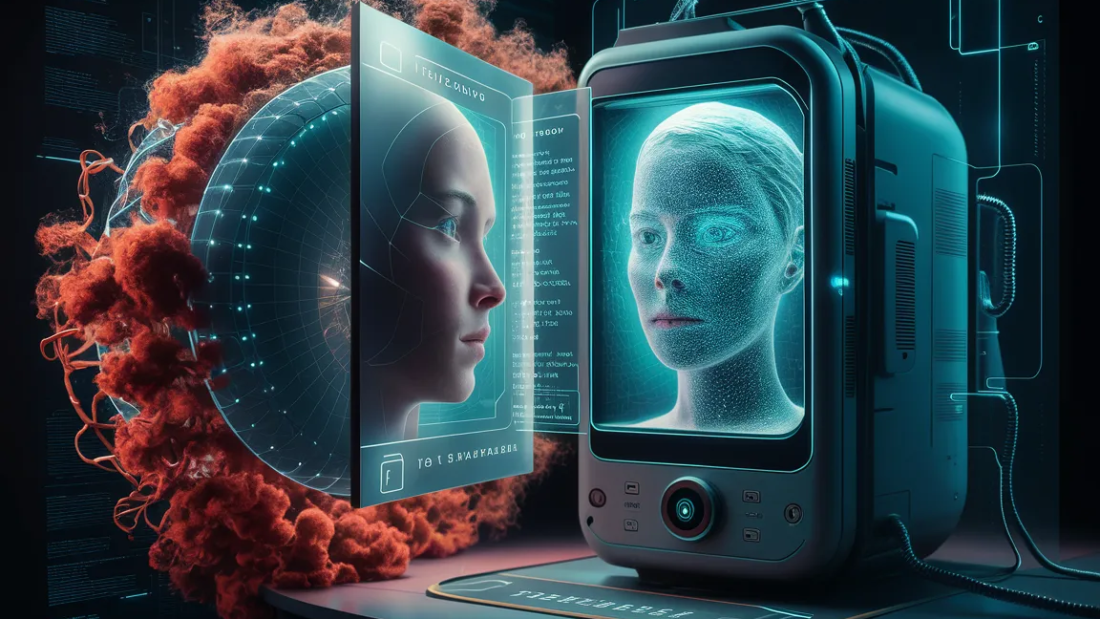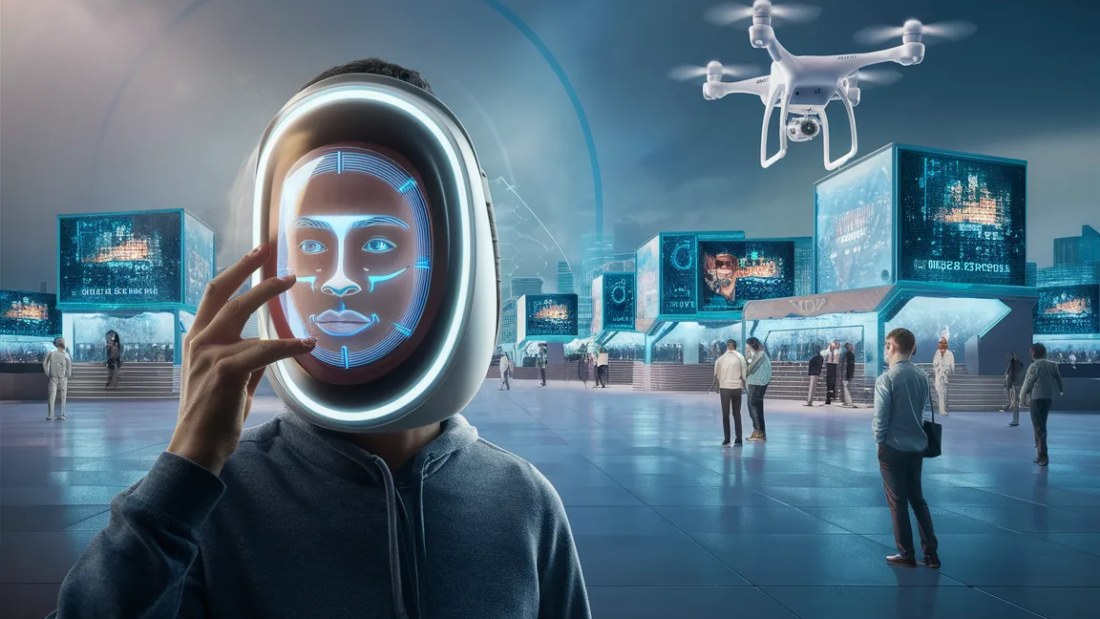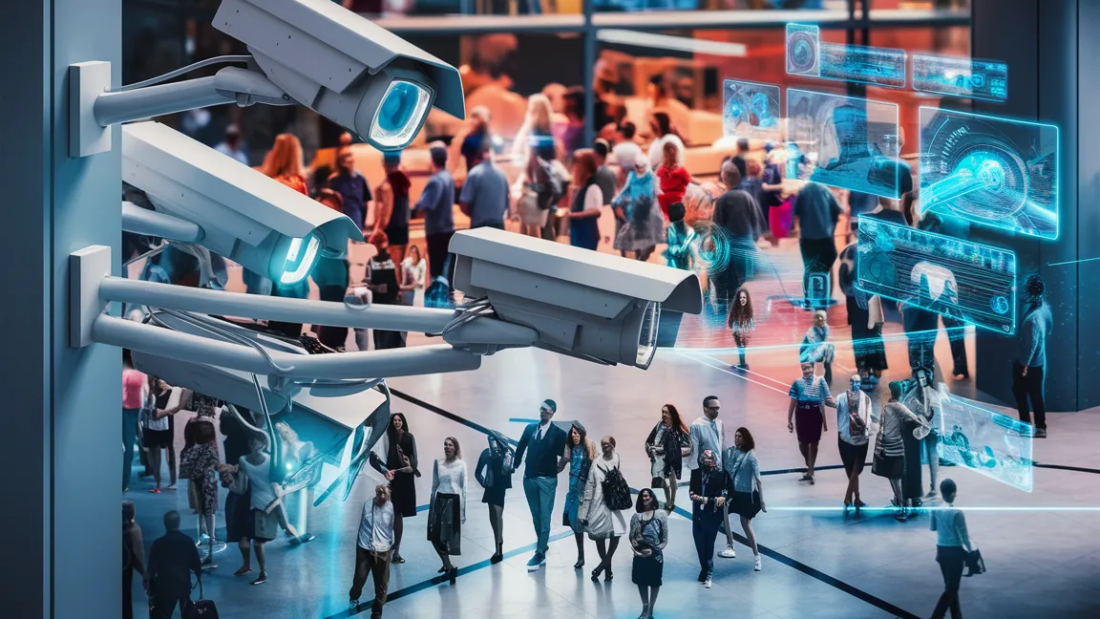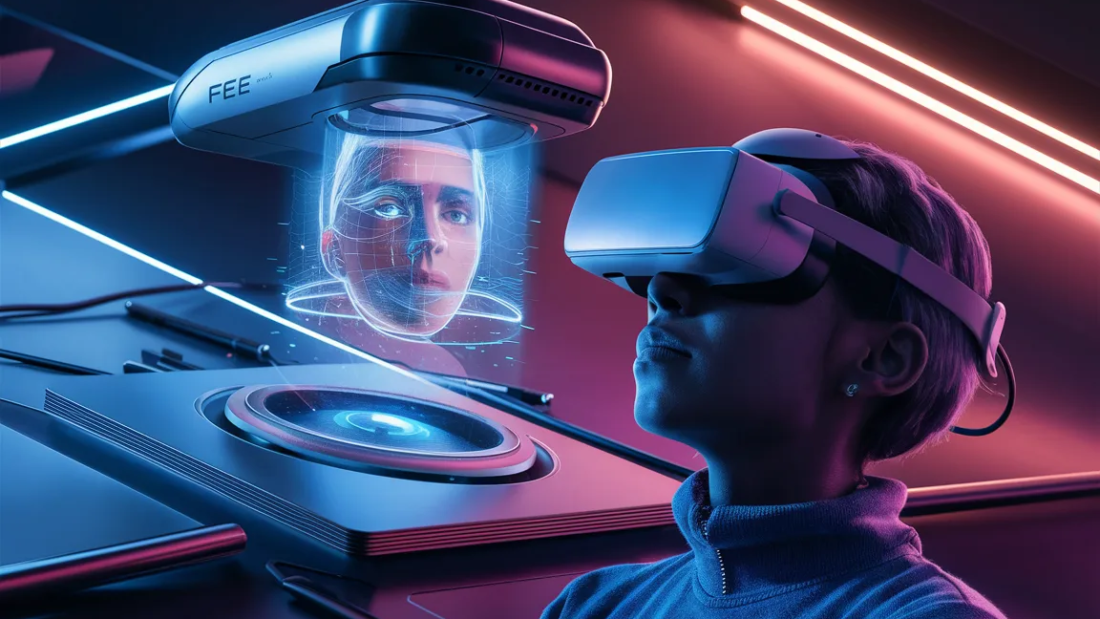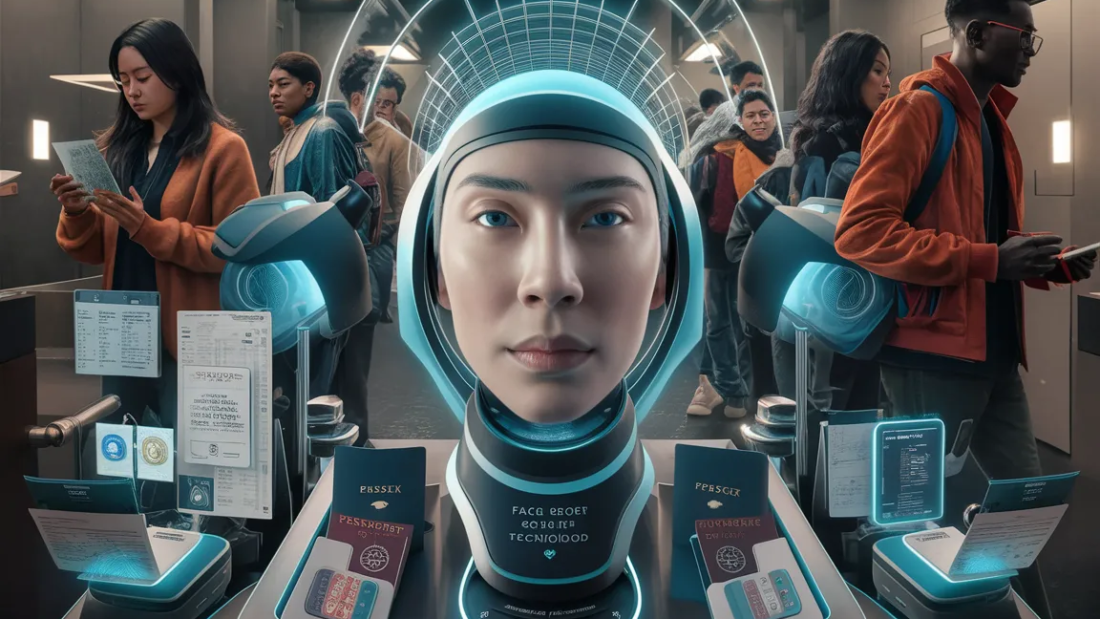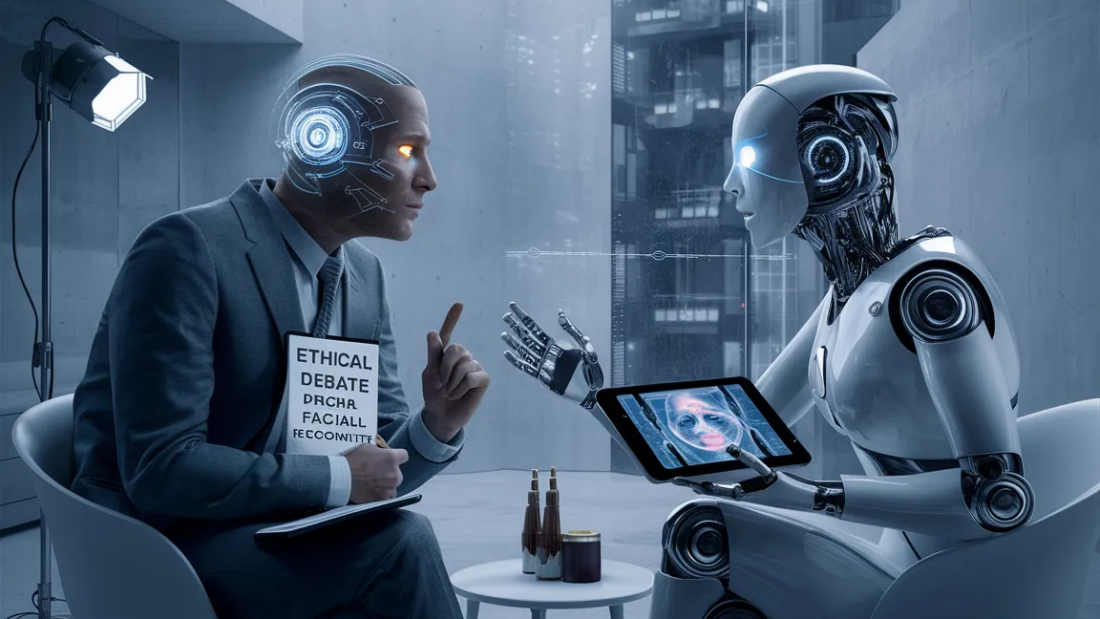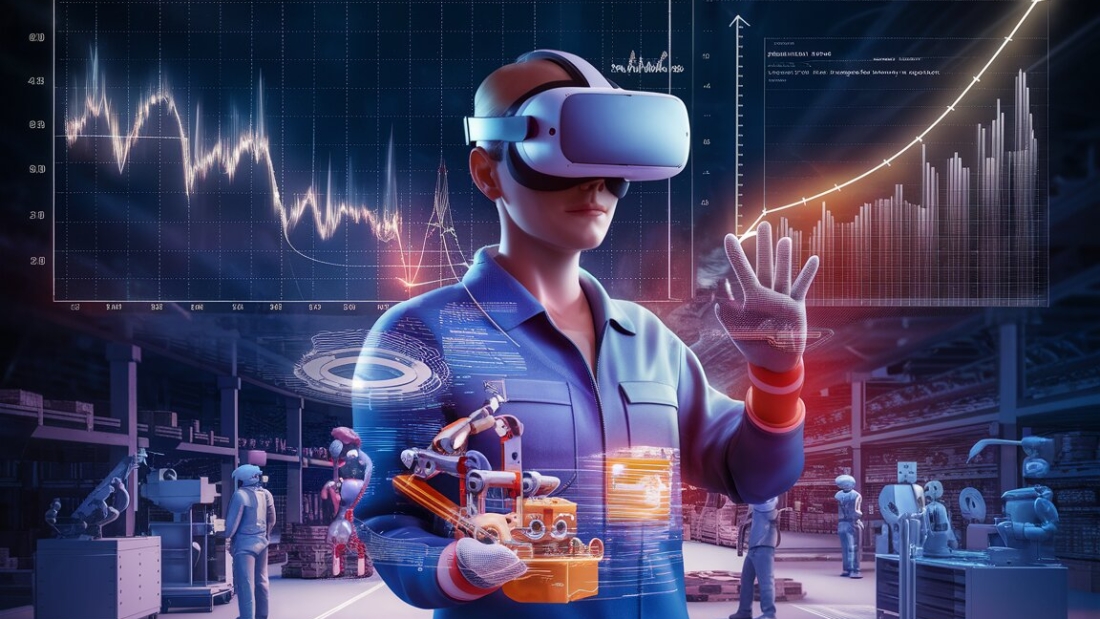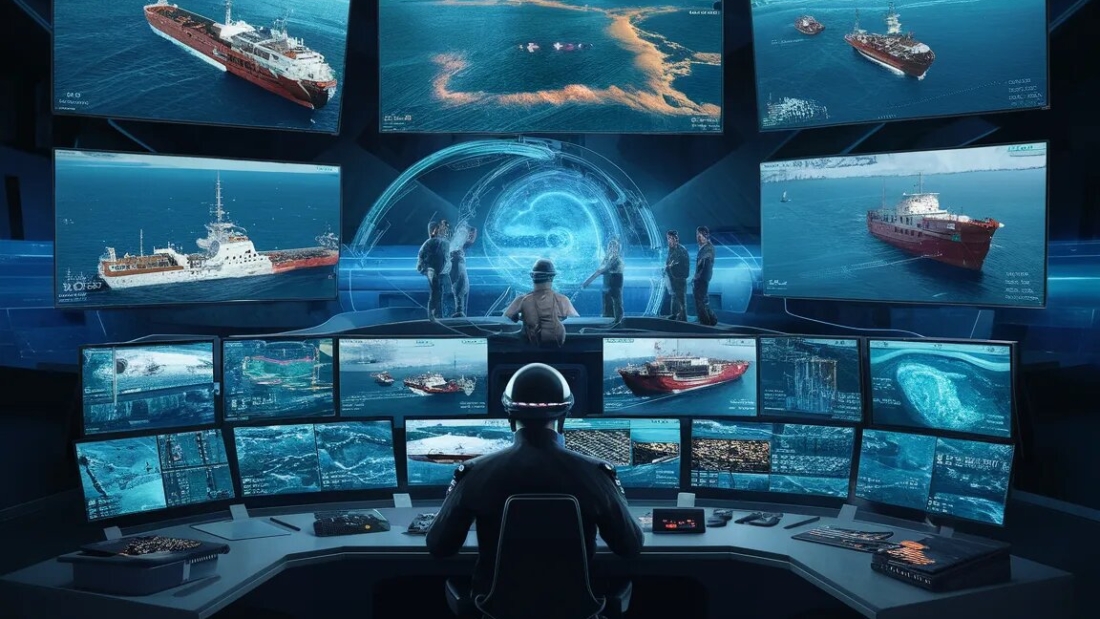Are you tired of dealing with security breaches, unauthorized access, biometric authentication, username, and spoofing? Imagine a world where your facial recognition system can distinguish between a live person and a photo. Face liveness detection is the key to enhancing security measures and preventing fraudulent activities. By incorporating this cutting-edge technology, businesses can ensure foolproof authentication processes and safeguard sensitive information. Stay ahead of potential threats by implementing face liveness detection solutions that offer robust protection against unauthorized access attempts. Elevate your security standards and embrace the future of biometric authentication with face liveness detection.
Key Takeaways
Implementing face liveness detection enhances security in file sharing by verifying the authenticity of users, reducing the risk of unauthorized access.
Building user trust is crucial in any digital interaction; face liveness detection adds an extra layer of security, reassuring users about the safety of their data.
Prioritize a seamless user experience by integrating face liveness detection seamlessly into the authentication process, ensuring convenience without compromising security.
When considering implementation strategies, focus on user education and clear communication to highlight the benefits of face liveness detection and address any concerns about privacy.
Real-life case studies and success stories demonstrate the effectiveness of face liveness detection in preventing fraud and enhancing overall security measures.
Ethical considerations and privacy concerns should be at the forefront when deploying face liveness detection technology to maintain user trust and comply with regulations.
Understanding Liveness Detection
Importance
Liveness detection in facial recognition verifies that a real person is present, not just an image or video. It ensures face liveness by checking for time-based movements or asking the user to perform a specific action using computer vision.
Facial recognition systems without liveness detection are vulnerable to spoof attacks where a photo or video of an authorized person can trick the system. By confirming the presence of a live person, liveness detection significantly enhances security measures.
Amazon Rekognition Face Liveness
Amazon Rekognition Face Liveness offers advanced methods for verifying the authenticity of faces in real-time. It uses various techniques like asking users to blink, smile, or move their head to confirm their presence.
Key Features:
Real-time face verification
Multi-step liveness confirmation
Integration with existing security systems
Benefits:
Enhanced security against spoofing attempts
Improved accuracy in face recognition
Seamless integration for user-friendly experience
Role in Secure File Sharing
Enhancing Security
Face liveness detection plays a crucial role in ensuring the security of file sharing processes. By verifying the hand movement or other facial features, this technology adds an extra layer of protection against unauthorized access. Intruders attempting to gain access through static images or videos are thwarted, enhancing overall system security.
Securing Sensitive Information
The impact of liveness detection on securing sensitive information during file transfers is significant. With the ability to distinguish between live subjects and fake representations, such as photos or videos, confidential data remains safeguarded. This feature is particularly vital when dealing with highly sensitive documents or personal information.
Integration into Platforms
Integrating liveness detection into secure file sharing platforms is becoming increasingly common. By incorporating this technology, platforms can ensure that only authenticated users have access to shared files. This integration enhances user verification processes, reducing the risk of data breaches and unauthorized access attempts.
Boosting User Trust
Spoof Attacks
Spoof attacks are a prevalent threat in the digital world, where malicious actors attempt to deceive systems by using fake biometric data.
Liveness detection plays a crucial role in mitigating spoof attacks by verifying the user’s presence through real-time interactions, ensuring the authenticity of online transactions.
Data Augmentation
By utilizing data augmentation, liveness detection algorithms can enhance their accuracy and robustness by training on a diverse set of facial expressions and movements.
This process enables the system to recognize subtle cues that distinguish a live user from a fraudulent attempt, bolstering security measures effectively.
Face ROI
Face ROI (Region of Interest) is a pivotal aspect of liveness detection, focusing on specific facial features like eye movements or micro-expressions to validate user identity.
This targeted approach increases the precision of authentication processes, reducing the risk of unauthorized access and fraudulent activities significantly.
Reference Image
In liveness detection, a reference image serves as a baseline for comparison during user verification, enabling the system to analyze real-time data against an established profile.
By cross-referencing incoming data with the reference image, platforms can ensure that only legitimate users gain access to sensitive information or services.
Building User Confidence
Liveness detection mechanisms instill confidence in users by providing an additional layer of security that goes beyond traditional password-based authentication methods.
Users feel reassured knowing that their interactions are safeguarded against unauthorized access and fraudulent activities, fostering trust in online platforms.
Enhancing Platform Credibility
For digital platforms, implementing robust liveness detection not only safeguards user accounts but also enhances overall credibility and reputation.
Seamless User Experience
Enhanced Security
Face liveness detection technology plays a crucial role in enhancing security measures for user authentication. By verifying the presence of a live individual through facial movements and expressions, this technology significantly reduces the risk of unauthorized access. It ensures that only legitimate users can access sensitive information or perform transactions, thereby mitigating potential security breaches.
Streamlined Authentication Process
One of the key advantages of face liveness detection is its ability to streamline the authentication process for users. Unlike traditional methods that require manual input of passwords or PINs, users can simply authenticate their identity by facing the camera. This eliminates the need for complex authentication procedures, making the overall user experience more convenient and efficient.
Real-time Feedback
Face liveness technology provides real-time feedback to users during the authentication process. By prompting users to perform specific actions such as blinking or nodding, the system ensures that the individual is physically present and actively participating in the authentication process. This immediate feedback not only enhances security but also guides users through the authentication steps, making it easier for them to complete the process successfully.
Personalized Interactions
Another user-friendly aspect of face liveness detection is its ability to create personalized interactions with users. By analyzing facial expressions and movements, the technology can adapt its responses based on individual user behavior. This personalized approach not only enhances user engagement but also creates a more interactive and dynamic authentication experience for users.
Improved Accuracy and Reliability
Face liveness detection technology offers high levels of accuracy and reliability in verifying user identities. By analyzing multiple factors such as facial features, movements, and expressions, the system can accurately distinguish between live individuals and spoofing attempts. This high level of accuracy instills trust in users and ensures that their identities are securely verified during each authentication attempt.
Implementation Strategies
Integration Considerations
When integrating face liveness detection, developers must consider compatibility with existing systems and services. Presentation attacks can be mitigated by incorporating an active check during the validation process. By adding a layer of security through liveness detection, systems can enhance overall protection against fraudulent activities.
Best Practices
Developers should follow a structured approach when implementing face liveness detection. The use of code snippets for guidance can streamline the development process. By following code examples and guidelines, developers can ensure the accuracy and effectiveness of the implemented solution.
Challenges and Solutions
One common challenge in face liveness detection is the ability to accurately distinguish between real users and fraudulent attempts. To address this, implementing multi-step verification processes can enhance the robustness of liveness technology. Continuous build iterations based on user feedback can help refine the detection algorithms for better performance.
Case Studies and Success Stories
Real-World Implementations
Face liveness detection finds use cases in various industries, enhancing security measures. For example, in the banking sector, this technology prevents unauthorized access to accounts by verifying the user’s identity through live facial recognition.
Successful examples include the incorporation of face liveness detection in mobile banking apps. By requiring users to perform specific actions like blinking or smiling during authentication, these apps ensure a live interaction, reducing the risk of fraudulent activities.
Impact on Security and User Experience
Organizations leveraging face liveness technology witness a significant improvement in security protocols. By adding an extra layer of authentication, they effectively combat identity theft and unauthorized access attempts.
Moreover, the implementation of face liveness detection positively influences user experience. Users appreciate the seamless and quick authentication process without compromising security measures, leading to higher satisfaction rates.
Organizational Success Stories
Leading organizations at the top of their respective industries have embraced face liveness detection with remarkable results. For instance, a major e-commerce platform reported a drastic reduction in fraudulent transactions after integrating this technology into their payment verification process.
A renowned social media platform utilized a diverse dataset for training their face liveness detection system. This comprehensive dataset improved accuracy rates, ensuring reliable user verification while maintaining efficiency.
Implementation Process
The process of integrating face liveness detection involves capturing live images or videos of users during authentication. Advanced algorithms analyze facial movements and patterns to distinguish between live interactions and static images or videos.
Pros:
Enhanced security measures
Improved user experience
Privacy and Ethics
Data Protection
Facial recognition and face liveness detection raise significant privacy concerns due to the sensitive nature of biometric authentication. User information, including facial parameters, is utilized, leading to the need for stringent data protection measures.
The utilization of facial data in authentication processes has sparked debates regarding the security and privacy risks involved. One key concern is the potential misuse of this information, which could lead to unauthorized access or identity theft.
Ethical Considerations
The ethical implications of face liveness detection extend beyond mere data protection. It delves into issues such as consent, transparency, and fairness in how this technology is deployed. Ensuring that users are aware of when and how their facial data is being used becomes paramount.
In various applications like banking, security, and even social media platforms, the ethical use of face liveness detection is crucial. Ensuring that individuals are informed about the collection and storage of their biometric data is essential for maintaining trust and upholding ethical standards.
User Privacy Measures
To address these concerns, organizations implementing face liveness detection must prioritize user privacy. Implementing robust encryption protocols, secure storage methods, and regular security audits are essential steps towards safeguarding user data.
Moreover, establishing clear policies on data retention, usage limitations, and providing users with control over their own data can enhance trust in these systems. By incorporating these measures, organizations can demonstrate a commitment to respecting user privacy rights.
Future Trends
Advancements in Technology
Face liveness detection is rapidly evolving with the integration of computer vision and artificial intelligence. The future holds promising developments in leveraging these technologies to enhance accuracy and efficiency in detecting real faces from fake ones.
The use of deep learning algorithms will play a crucial role in improving the precision of face liveness detection systems. These algorithms can analyze intricate facial features, such as subtle lines and variations in skin tones, to distinguish between authentic and synthetic faces.
Industry Implications
In the coming years, face liveness detection technology is expected to revolutionize various industries, including finance, security, and healthcare. Financial institutions are likely to adopt advanced liveness detection solutions to strengthen their following command processes and prevent fraudulent activities.
Moreover, the security sector will benefit from enhanced face liveness detection systems to bolster access control measures and ensure secure authentication processes. By incorporating cutting-edge technologies, organizations can mitigate risks associated with unauthorized access and data breaches.
Ethical Considerations
While advancements in face liveness detection offer numerous benefits, there are ethical considerations that must be addressed. Ensuring user privacy and data protection remains paramount as these technologies become more prevalent in everyday applications.
It is essential for developers and policymakers to establish clear guidelines regarding the ethical use of face liveness detection technology. Transparency in data collection practices and obtaining user consent are critical aspects that need to be prioritized to maintain trust and uphold ethical standards.
Potential Challenges
Despite the potential advancements, there are challenges that need to be overcome for widespread adoption of face liveness detection technology. One such challenge is the need for continuous innovation to stay ahead of sophisticated fraudulent attempts aimed at bypassing liveness detection systems.
Ensuring seamless integration of face liveness detection into existing security frameworks without compromising user experience poses another challenge. Striking a balance between robust security measures and user convenience will be crucial for successful implementation across various industries.
Final Remarks
You now grasp the significance of face liveness detection in enhancing security for file sharing, building user trust, and ensuring a seamless experience. Implementing robust strategies, as seen in the case studies, is crucial for privacy and ethical considerations. The future trends indicate exciting advancements in this technology.
Continue exploring face liveness detection’s potential to revolutionize security measures and user experiences. Implement these insights into your practices for heightened security and improved user trust. Stay updated on emerging trends to stay ahead in leveraging this innovative technology.
Frequently Asked Questions
What is face liveness detection?
Face liveness detection is a technology that helps verify if a face in front of a camera belongs to a live person, not just a photo or video. It enhances security by preventing unauthorized access based on static images.
Why is understanding liveness detection important?
Understanding liveness detection is crucial for ensuring secure authentication processes. By differentiating between live faces and non-live representations, this technology helps prevent fraud and unauthorized access to sensitive information.
How does face liveness detection boost user trust?
Face liveness detection enhances user trust by providing an additional layer of security during authentication. Users feel more confident knowing that their identity verification process includes measures to prevent impersonation and fraud, ultimately enhancing overall security.
What are some implementation strategies for face liveness detection?
Implementing face liveness detection involves integrating the technology into existing authentication systems. Strategies may include incorporating anti-spoofing techniques, leveraging machine learning algorithms for analysis, and ensuring seamless user experience through intuitive interfaces.
Why are case studies and success stories important in the context of face liveness detection?
Case studies and success stories offer real-world examples of how organizations have successfully implemented face liveness detection. They provide insights into the benefits, challenges, and outcomes of using this technology, helping others make informed decisions about its adoption.
How do privacy and ethics play a role in face liveness detection?
Privacy and ethics are critical considerations when implementing face liveness detection. Organizations must ensure compliance with data protection regulations, transparency in data usage, and ethical practices to safeguard user privacy while leveraging this technology responsibly.
